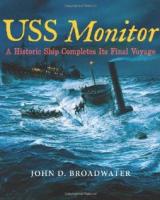 As this is Thursday, which is to say “Throwback Thursday“, as well as the anniversary of the sinking of the USS Monitor, which sank off Cape Hatteras 153 years ago tonight, it seems a good time to repost our review of John Broadwater’s excellent book, USS Monitor – A Historic Ship Completes Its Final Voyage.
As this is Thursday, which is to say “Throwback Thursday“, as well as the anniversary of the sinking of the USS Monitor, which sank off Cape Hatteras 153 years ago tonight, it seems a good time to repost our review of John Broadwater’s excellent book, USS Monitor – A Historic Ship Completes Its Final Voyage.
On December 31, 1862, while under tow in a gale off Cape Hatteras, USS Monitor sank. The Monitor had been in service for only ten months and yet in that brief time had revolutionized naval warfare. The wreck of the Monitor was finally located in August of 1973. In his book, USS Monitor – A Historic Ship Completes Its Final Voyage, John Broadwater tells the remarkable story of the ship and of the dedicated teams of archeologists, historians, divers and engineers who worked over the last forty years to preserve the ship and to rescue what could be saved from the wreck.
Broadwater is uniquely qualified to tell the story of the “ship that changed everything.” He was the only person involved in the Monitor from the discovery of the wreck in 1973 through preservation, management and the recovery of the portions of the ship being preserved ashore today. He recently retired from the National Oceanographic and Atmospheric Administration’s Office of National Marine Sanctuaries, where he served as chief archeologist.
It is difficult to overstate the importance of the USS Monitor. Continue reading →
 In 2009, Rich Wilson at 58 was the oldest sailor in the Vendee Globe non-stop single-handed round-the-world yacht race. He finished ninth of the thirty boats which began the race. Wilson was the only American in the eleven finished.
In 2009, Rich Wilson at 58 was the oldest sailor in the Vendee Globe non-stop single-handed round-the-world yacht race. He finished ninth of the thirty boats which began the race. Wilson was the only American in the eleven finished.
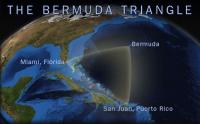 The CBS news program “60 Minutes” recently did a report on the sinking of
The CBS news program “60 Minutes” recently did a report on the sinking of 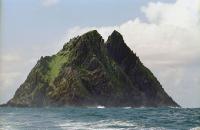 A long time ago, on an island far, far away…. In the final scene of the new movie, “
A long time ago, on an island far, far away…. In the final scene of the new movie, “ More than 80,000 square kilometers (30,000 square miles) of the seafloor in the Indian Ocean west of Australia have been searched, looking for where Malaysia Airlines Flight MH370 is believed to have crashed with 239 people aboard in March 2014. So far, they have not located the missing the Boeing 777, but in December, they did find
More than 80,000 square kilometers (30,000 square miles) of the seafloor in the Indian Ocean west of Australia have been searched, looking for where Malaysia Airlines Flight MH370 is believed to have crashed with 239 people aboard in March 2014. So far, they have not located the missing the Boeing 777, but in December, they did find  Yesterday, two US Navy Riverine Command Boats (RCBs) with a combined crew of ten sailors were apprehended by Iranian Revolutionary Guard boats. One or both of the RCBs had suffered a mechanical failure and had drifted into Iranian waters.
Yesterday, two US Navy Riverine Command Boats (RCBs) with a combined crew of ten sailors were apprehended by Iranian Revolutionary Guard boats. One or both of the RCBs had suffered a mechanical failure and had drifted into Iranian waters. 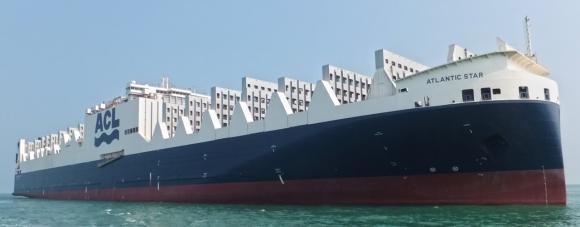 Atlantic Container Lines’ (ACL)
Atlantic Container Lines’ (ACL)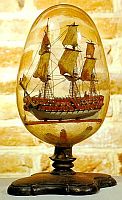
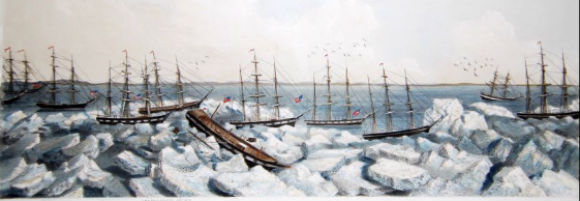 In 1871, a fleet of
In 1871, a fleet of 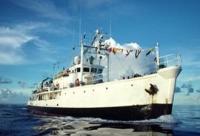 Big news from the
Big news from the  Hinckley Yachts announced that it has acquired Morris Yachts.
Hinckley Yachts announced that it has acquired Morris Yachts.
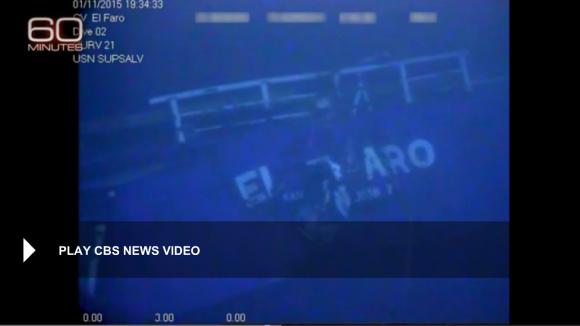
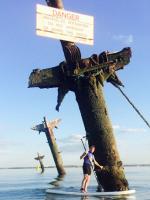
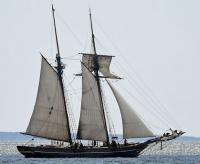
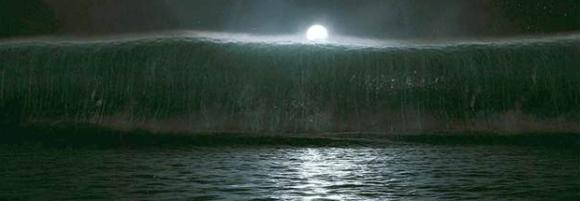 Happy New Year! On New Year’s Day 1995, a sea monster capable of sinking ships and sending sailors to their deaths was documented for the first time. I am not speaking of a mythical serpent or another beasty, (which may or may not yet be discovered.) I am referring to a
Happy New Year! On New Year’s Day 1995, a sea monster capable of sinking ships and sending sailors to their deaths was documented for the first time. I am not speaking of a mythical serpent or another beasty, (which may or may not yet be discovered.) I am referring to a 
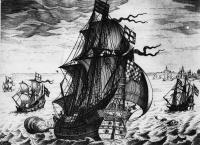 Battles at sea usually last a few hours. Battles in court can last far, far longer. In the
Battles at sea usually last a few hours. Battles in court can last far, far longer. In the